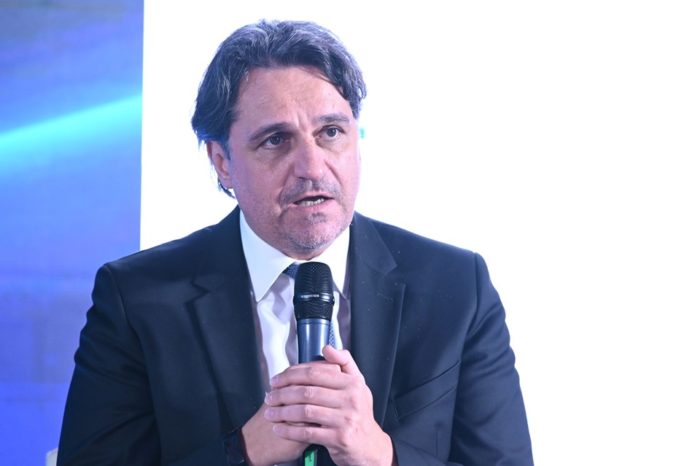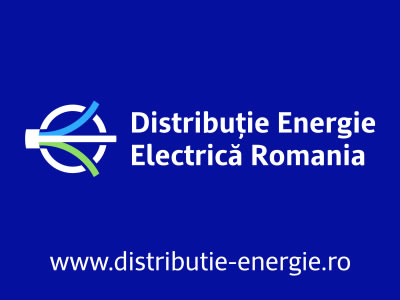Delgaz Grid is testing the use of hydrogen mixed with natural gas for the first time

Delgaz Grid, the natural gas and electricity distribution company within the E.ON Romania group, is starting this month a pilot project to test the compatibility and operation of utility facilities and distribution system components with a mixture of natural gas and hydrogen.
The project will run from November 2022 to October 2024 and aims to analyze and demonstrate that it is technically possible and safe to add 20 percent hydrogen by volume to distribution networks and facilities of the use of existing natural gas in Romania.
The purpose of the project is both to analyze the compatibility and behavior of the elements of the distribution networks selected in the pilot project, respectively of the related installations/appliances, to the mixture of GN-20 percent vol. H2, and to evaluate the possibility of their conversion to the GN–H2 mixture.
Consumer utility installations (pipes, utility devices, etc.) and distribution system components (pipes, connections, fittings, fittings, regulators, meters, etc.) will not be modified for this process.
The results of the project will serve as a model of good practice for future projects and for the use of hydrogen in various fields (including for heating, domestic hot water preparation and food).
“We believe that green gases like hydrogen can be an integral part of a successful and sustainable energy transition. That’s why, through this project, we want to demonstrate the value of distribution networks as a key energy infrastructure for an energy supply without CO2 emissions”, said Cristian Secoșan, the general director of Delgaz Grid.
The project will be carried out in two stages. In the first stage, the company will carry out tests in its own training ground in Mediaș. They will test the tightness of the various network components, the combustion, and other parameters of the various types of natural gas appliances, respectively heating plants, convectors, stoves, etc., from different manufacturers. At the same time, the behavior of the GN-H2 mixture of the steel and polyethylene network sections in the polygon will be analyzed.
The second stage has two phases and will be carried out on steel and polyethylene network sections, selected for this project, to which customers are connected. In a first phase, tests will be carried out regarding tightness, combustion, etc. on existing installations and devices of use at customers connected to these networks. During this phase no hydrogen will be injected into the selected distribution networks. In the second phase, tests will be carried out with a mixture (GN – 20 percent vol. H2) to analyze the behavior of both the selected network elements and the installations and consumer devices.
















